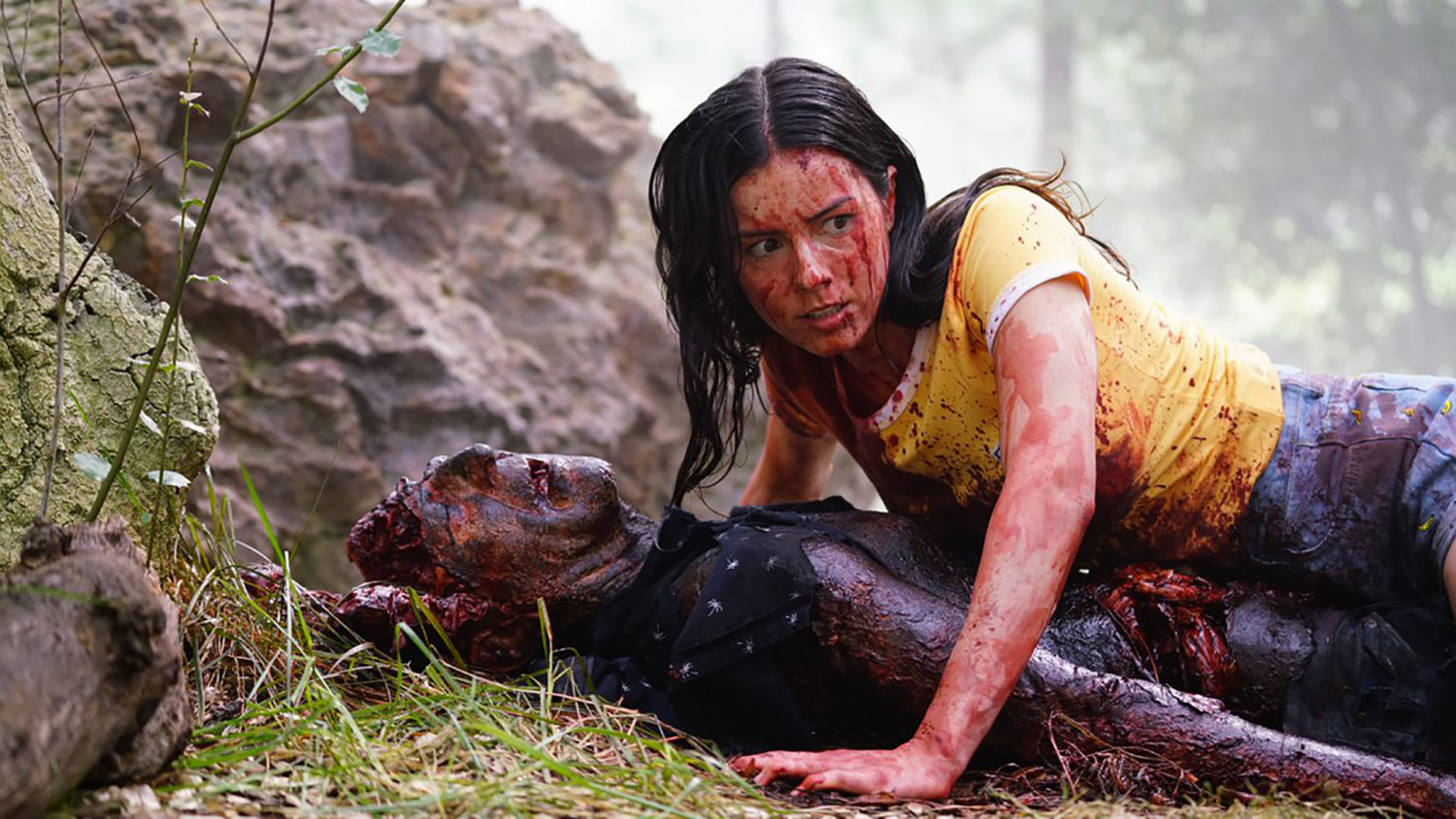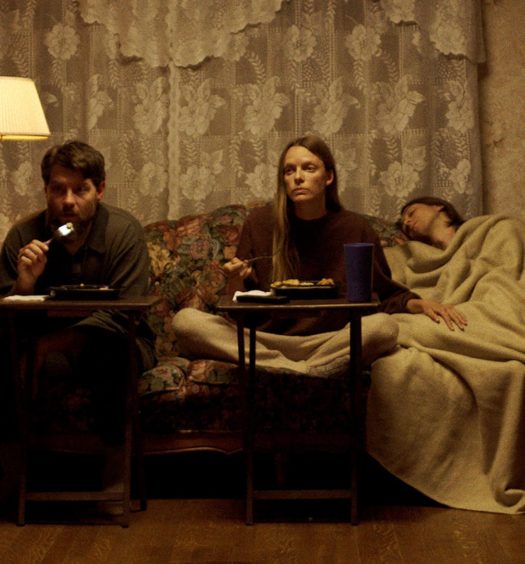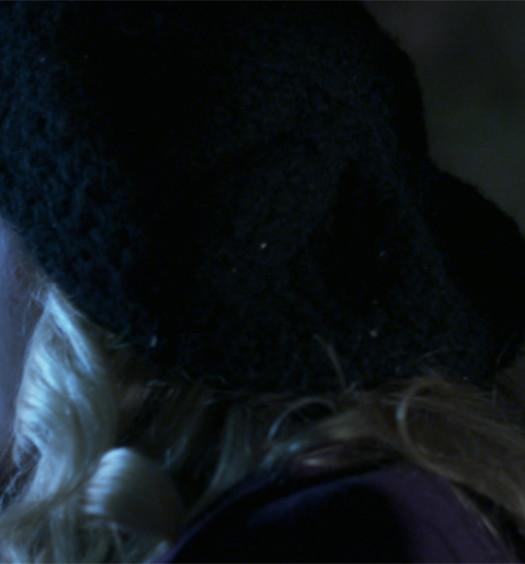Horror anthologies often hinge on their weakest link. One bad apple spoils the barrel, the saying goes; however, what if there are no bad apples at all? Sitting down with any horror anthology has the potential to be a rough rollercoaster ride that strikes the audience with whiplash so fierce they demand their money back, but Nightmare Cinema is different. Five directors tell five unique stories all tied together through the Rialto theater and The Projectionist, played by Mickey Rourke.
Opening the anthology is Alejandro Brugués’ “The Thing In the Woods.” If it sounds like the title of a 1980s slash-and-hack throwback, you’d be correct. It’s full of 80s camp punctuated by gruesome gore, and even the most novice of horror fans will think they know where the story is going; however, Brugués upends any preconceived notions.
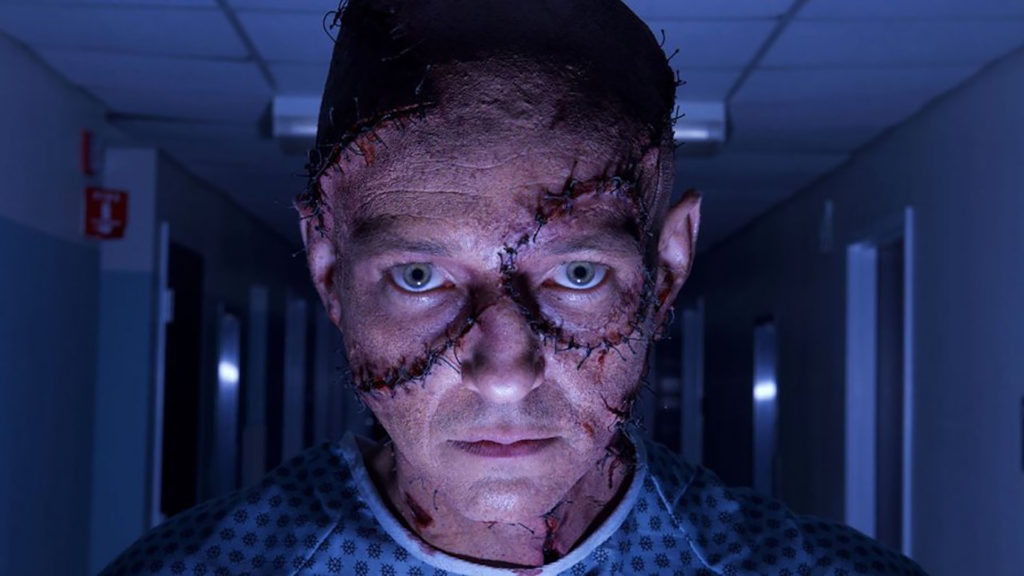
Those looking to make their own horror anthology should look at Nightmare Cinema on how to do it right…
What follows is likely the anthology’s weakest entry: Joe Dante’s “Mirari.” A woman, scarred from a childhood accident, agrees to plastic surgery paid for by her boyfriend. Things quickly go awry once she goes under the knife. “Mirari” is by no means terrible. Drop into another horror anthology, and it could easily shine; however, the other entries in Nightmare Cinema simply outperform it.
Ryûhei Kitamura’s “Mashit” is downright fun. His segment combines nefarious priests, a demon, and a kickass fight scene that has the aforementioned priest, a sword, and the possessed battling in the pews. There’s buckets of blood, flying heads, and enough random body parts to excite even the laziest Dr. Frankenstein.
My personal favorite is David Slade’s “This Way To Egress.” This black-and-white psychological affair is a slow burn compared to others. However, the black-and-white aesthetic and disturbing subject matter, along with enough body horror for a full feature film, makes Slade’s piece quite uncomfortable to watch.
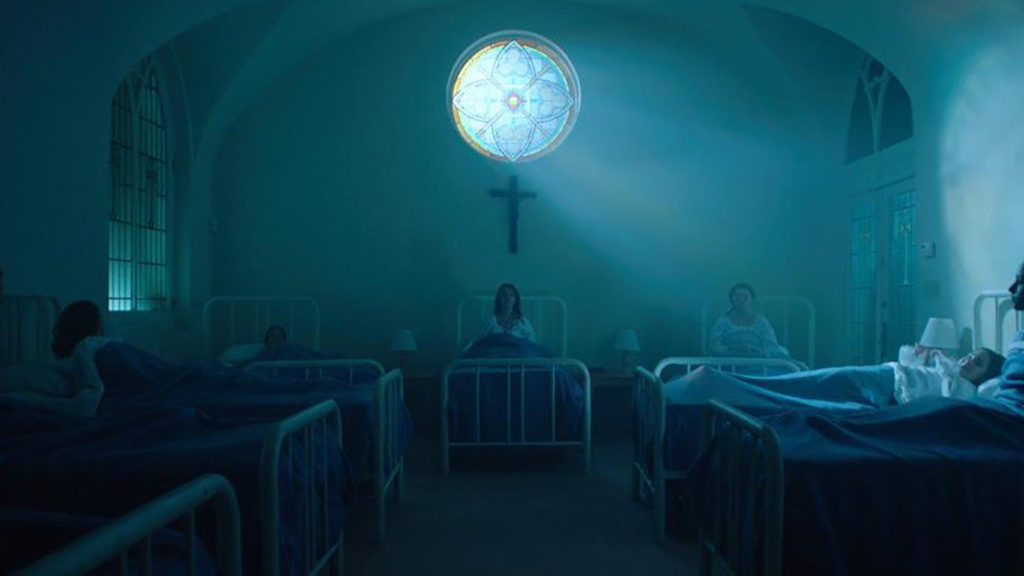
…a kickass fight scene…has the aforementioned priest, a sword, and the possessed battling in the pews.
Closing the series is Mick Garris’ “Dead.” The story toys with your perception, ambiguously hinting at what possible paths lie ahead, wrapping the audience in a cold blanket of uncertainty. It toes the line of the afterlife, with hints to M. Night Shyamalan’s The Sixth Sense; however, “Dead” is another example of how the director can circumvent your expectations. It’s not the standout entry, but exciting nonetheless.
Nightmare Cinema is one of the few horror anthologies to hit the right notes. The acting is solid with exceptional special effects that only falter when relying on CGI. However, those moments don’t detract from the exciting, gory stories. As of a matter of fact, they enhance them. There’s an odd cohesion between the five shorts that makes it nearly impossible to tell who directed what. But if you look close enough, each story is touched by its creator.
If you haven’t dived headfirst into a horror anthology, possibly put off from them by an uninspiring collaboration, this could be the one to get you excited again. Horror anthologies aren’t going away anytime soon. Those looking to make their own horror anthology should give it a look to see how to do it right.
Nightmare Cinema is available in limited theaters and VoD on June 21, 2019.
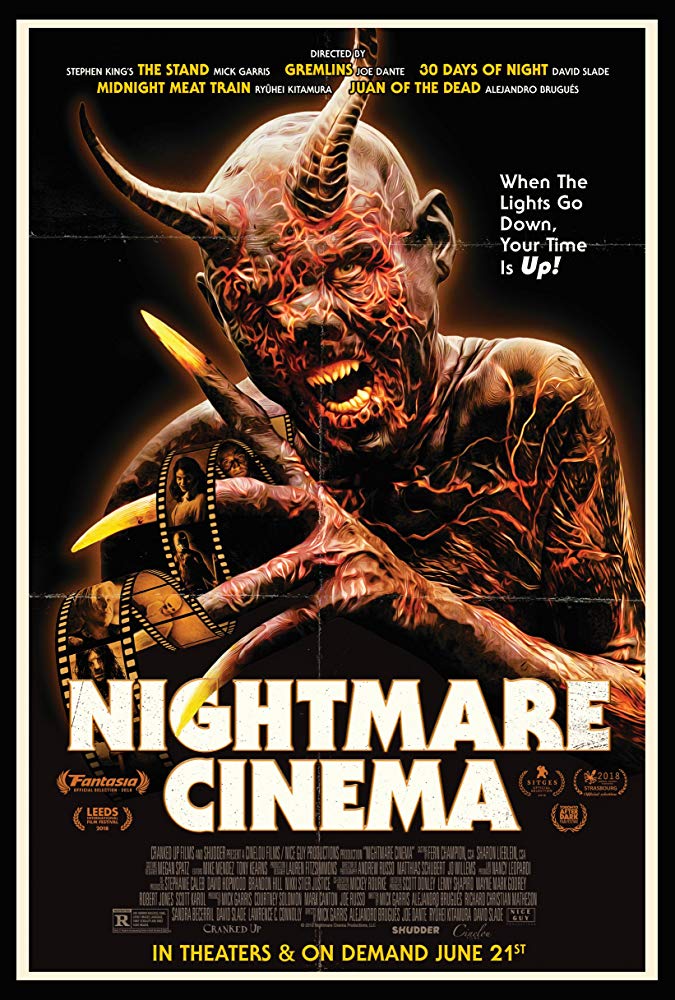
‘Nightmare Cinema’ is a Thrilling Rollercoaster Ride Of Gore and Violence [Review]

